Stay in the Light
Christian Almiron of Gentei Kaijo2014 Live Improvisational Jam Session 21m 37s Courtesy of Gentei Kaijo
contributor
XChristian Almiron of Gentei Kaijo
I am a Filipino American born and raised in New City, NY, in Rockland County. Like most children I was forced to play the piano. In this case I was 5 learning from a teacher who made me cry during most lessons. Needless to say, I was more interested in playing outside than practicing. I would always dread my next lesson. I eventually quit when I was 7 or so until I met my church organist at 10. He was kind and played beautifully, but most importantly, he was patient. I remember thinking “I want to do that!” I’ve always had difficulty expressing myself with words, but somehow music was a language that came easily for me to speak. As cliché as that sounds, it’s the truth. Luckily, I’ve been working professionally since. I got my Bachelor of Fine Arts degree from SUNY Purchase and moved to New York City where my real education started. Since then I’ve worked in TV, feature films, played all around the world and, more recently, composing music for commercials. You can hear me play every Sunday at “The World Famous Café Wha” and every Thursday at Arlenes Grocery for “The Lesson” on the Lower East Side. I look forward to whatever music has in store for the future and always looking for opportunities to grow.
The “Lesson at Arlene’s Grocery” has garnered the reputation and respect as the ultimate live hip-hop jam on the Lower East Side, NYC. You’ve recently received wonderful press attention from The Village Voice and OkayPlayer. Please describe the community and spirit of "The Lesson at Arlene's Grocery" and Gentei Kaijo’s role in building it.
The Lesson is a community which embraces the unknown. It's a place where people foster creativity and more importantly change.
Why did you choose this weekly jam session to create this particular song for the Typhoon anniversary?
The name of my band is called Gentei Kaijo which is a Japanese phrase meaning “limitation cancellation.” We try to cancel our own limits whether it’s getting better as musicians, learning how to coexist or facing obstacles we tend to face everyday. When we perform at The Lesson we improve, we make it up as we go. And with trust and faith, we can build something from nothing--it's magical. So when I think about that, I feel these ideas can apply to life especially those who fell victim to Typhoon Haiyan.
Who is the personnel on the song?
Christian Almiron on Keyboards, Nick Semrad on Keyboards, Lenny Reece on Drums, David Cutler on Bass, Phase One the EmCee, Jonathon Hoard on Vocals. Guest Appearance by Mike Larry.
What does the title mean?
“Stay in the Light” was the hook that John came up with in that moment. The meaning of the title is what you need it to be.
location
X- Born: Nyak, NY, USA
- Based: New York, NY, USA


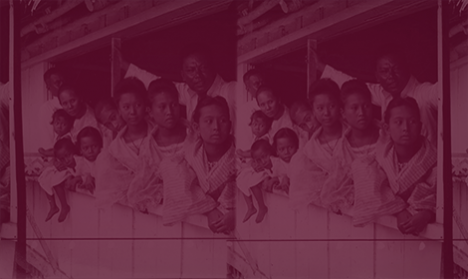






























.jpg)








.jpg)
.jpg)
.jpg)




.jpg)








.jpg)


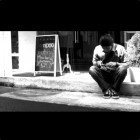

.jpg)


.jpg)







_Cropped.jpg)

.jpg)







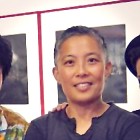
.jpg)

.jpg)


.jpg)
.jpg)
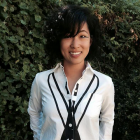


.jpg)


.jpg)



















.jpg)












.png)





.jpg)
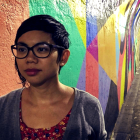
.jpg)
.jpg)





.jpg)

.jpg)
.jpg)



.jpg)
.jpg)



.jpg)







.jpg)







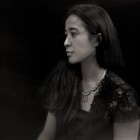














comments
X